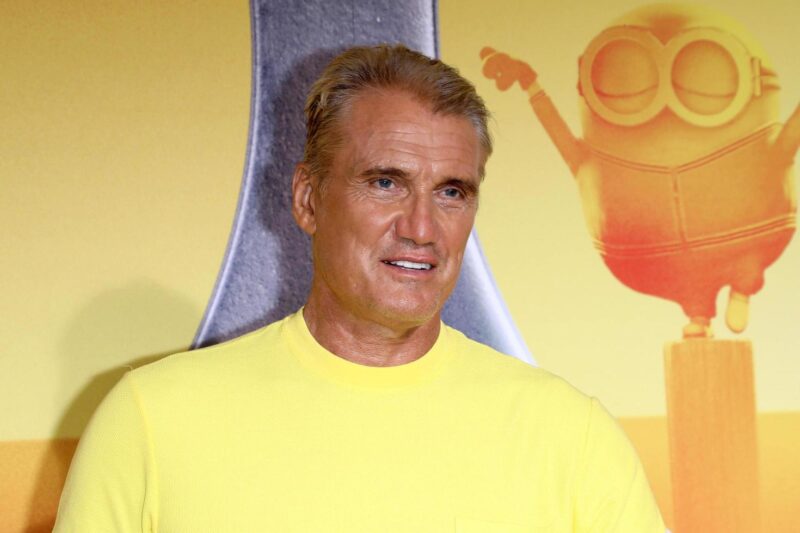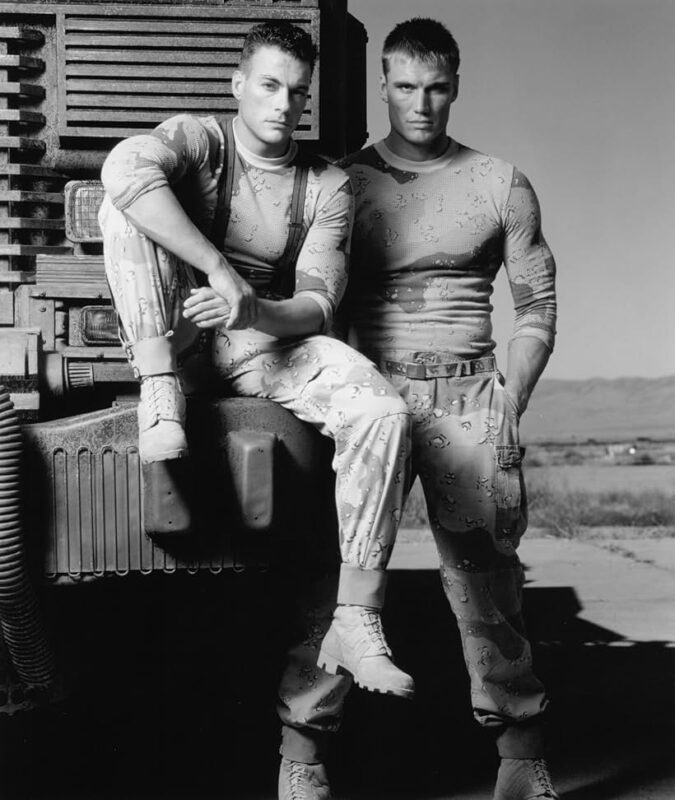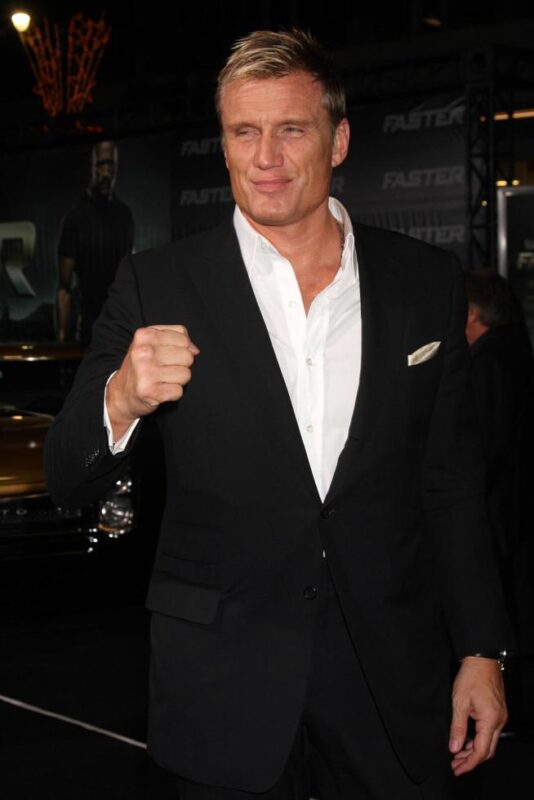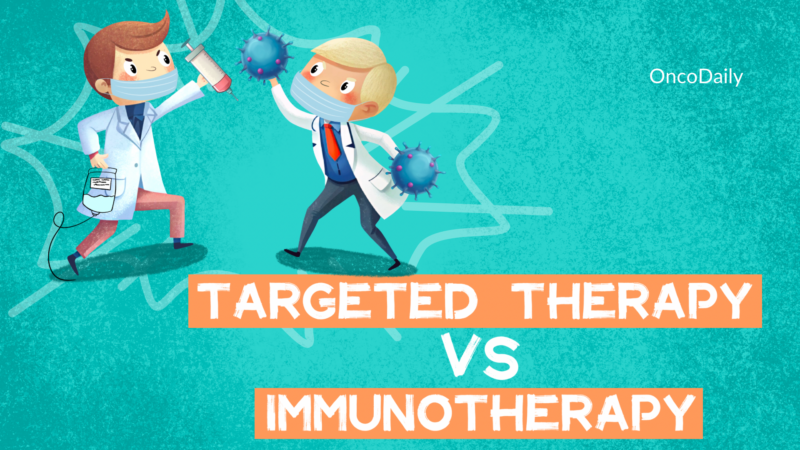
Dolph Lundgren’s Fight for Life: How He Survived Kidney Cancer After 9 Years of Battle
Dolph Lundgren, the Swedish-American actor renowned for his role as Ivan Drago in Rocky IV, has had a prolific career in Hollywood, starring in over 80 films and directing several projects. His journey in the entertainment industry has been marked by iconic performances in action films such as Masters of the Universe, The Punisher, and the Expendables series. In 2020, Lundgren faced a significant health challenge when he was diagnosed with stage 4 kidney cancer. Initially keeping his diagnosis private, he later shared his experience publicly, emphasizing the importance of regular health check-ups and a healthy lifestyle.
Beyond his health struggle, the article also touches on his unexpected career achievements, highlighting his iconic roles in action films like Rocky IV and The Expendables series. It also reveals his academic background, offering a deeper look into his multifaceted life and resilience in both his career and health challenges.

How Did Dolph Lundgren Become an Action Movie Icon?
Dolph Lundgren became an action movie icon through a combination of his imposing physical presence, martial arts expertise, and memorable performances in key films. Born on November 3, 1957, in Stockholm, Sweden, Lundgren initially pursued a career in chemical engineering, earning a master’s degree from the University of Sydney.
His journey into acting began when he worked as a bodyguard for Grace Jones, which led him to explore opportunities in film.Lundgren’s breakthrough role came in 1985 when he portrayed the formidable Soviet boxer Ivan Drago in Rocky IV. This role not only showcased his physicality but also established him as a household name in the action genre. Following this success, he starred in numerous action films throughout the late 1980s and 1990s, including Masters of the Universe (1987), The Punisher (1989), and Universal Soldier (1992), further solidifying his status as an action star.
His collaborations with other prominent action stars, such as Sylvester Stallone in The Expendables series, helped maintain his relevance in Hollywood. Lundgren’s ability to portray both heroes and villains demonstrated his versatility as an actor. Additionally, he ventured into directing with films like The Defender (2004) and Icarus (2009), showcasing his multifaceted talents within the film industry.Lundgren’s journey from a martial artist with a background in engineering to an iconic action movie star exemplifies his determination and dedication to his craft. His contributions to the genre have left a lasting impact, making him a respected figure among fans and peers alike.
Why Did Dolph Lundgren Choose to Pursue Directing?

- Master’s Degree in Chemical Engineering: Dolph Lundgren earned a master’s degree in chemical engineering from the University of Sydney and also holds a degree from the Royal Institute of Technology in Stockholm, showcasing his intellectual prowess beyond his action-hero image.
- Fluent in Multiple Languages: Lundgren speaks several languages, including Swedish, English, French, German, Italian, and Japanese, which has helped him connect with international audiences and advance his career globally.
- Scholarship to MIT: Lundgren received a Fulbright scholarship to the prestigious Massachusetts Institute of Technology (MIT). Although he chose acting over continuing his studies, this highlights his exceptional intelligence.
- Bodyguard for Grace Jones: Before entering Hollywood, Lundgren worked as a bodyguard for singer and actress Grace Jones, which helped him break into the entertainment industry and led to a romantic relationship with her.
- Stunt Performer: Known for performing many of his own stunts and fight scenes, Lundgren has extensive martial arts training, including a 4th dan black belt in Kyokushin karate, making him a standout figure in the action genre.
- Environmental Activism: Lundgren has been active in advocating for sustainability and marine life protection, using his platform to support positive environmental change.
What type of cancer does Dolph Lundgren have?
Dolph Lundgren has been diagnosed with renal cell carcinoma (RCC), which is the most common type of kidney cancer. This form of cancer originates in the lining of the kidney’s tubules and can vary in aggressiveness and treatment response based on its specific characteristics and stage.He first discovered a cancerous tumor in his kidney in 2015, leading to surgery to remove the tumor. For several years, he underwent regular scans and was in remission until 2020, when additional tumors were found, including one in his liver.
“When I first got diagnosed, I thought it was just a routine check-up. I never expected to hear the word ‘cancer.’ It was a shock.”
What was the Prognosis?
The prognosis for kidney cancer varies based on factors like stage, type, and overall health. The 5-year survival rate for kidney cancer is approximately 75% overall (American Cancer Society, 2021). Survival rates are higher for early-stage cancer:
- Localized (Stage I): Nearly 100% 5-year survival rate.
- Regional (Stage II-III): About 70% for regional spread.
- Distant (Stage IV): Roughly 12% for metastatic kidney cancer.

Factors such as age, cancer type, and treatment can influence outcomes. Surgery and targeted therapies improve survival, particularly in localized cancers. Recurrence rates are higher for high-grade cancers or those with lymph node involvement, with up to 30-40% recurrence after surgery (American Cancer Society, 2021).
Does Dolph Lundgren Have Any Symptoms of Kidney Cancer?
It’s important to note that early-stage renal cell carcinoma often does not cause noticeable symptoms, which can lead to incidental findings during imaging tests for unrelated health issues. If symptoms do appear, they usually indicate that the cancer has progressed, making early detection crucial for effective treatment.In Lundgren’s case, he initially sought medical attention for what he thought was acid reflux, which led to an MRI that ultimately revealed the presence of tumors in his kidneys and liver. This highlights the importance of being vigilant about health changes and seeking medical advice when unusual symptoms arise.
- Blood in Urine (Hematuria): Pink, red, or cola-colored urine is often one of the first noticeable signs.
- Flank Pain: Persistent pain in the lower back or side that does not go away.
- A Palpable Mass: A lump or swelling in the abdomen or side may be felt in some cases.
- Unexplained Weight Loss: Significant weight loss without trying.
What Treatment Dolph Lundgren Undergo?
Dolph Lundgren’s battle with kidney cancer has involved a series of treatments over nearly nine years, including surgery, regular monitoring, and targeted therapy. His journey began in 2015 when doctors discovered a tumor in his kidney, leading to surgery to remove the tumor. He was then closely monitored with regular scans for five years. However, in 2020, after experiencing symptoms he initially thought were related to acid reflux, an MRI revealed new tumors, including a large one in his liver that was too big for surgery.
At this point, Lundgren’s treatment plan shifted to include targeted therapy. Targeted therapy is a specialized treatment method that uses drugs or other substances to specifically identify and attack cancer cells while minimizing damage to healthy tissue. In Lundgren’s case, the therapy was aimed at a specific genetic mutation found in his tumors, a mutation more commonly associated with lung cancer, but also present in his renal cell carcinoma (RCC). The targeted therapy included drugs like Vascular Endothelial Growth Factor (VEGF) inhibitors, which prevent tumors from developing the blood vessels they need to grow. Examples of these drugs include sunitinib and pazopanib. Additionally, mTOR inhibitors, such as everolimus, were likely part of his treatment. These drugs target proteins that regulate cell growth and tumor development.
The targeted therapy led to a dramatic reduction in the size of Lundgren’s tumors, with reports showing they shrank by about 90% within months. This significant response demonstrates the power of targeted treatments in fighting advanced RCC, particularly when tailored to the specific genetic makeup of the tumor.

Family and Friends Support During His Treatment
During this difficult time, Lundgren’s family, particularly his daughters, Greta and Ida, experienced moments of fear and despair as they grappled with the reality of his illness. In interviews, Lundgren has shared how he felt a deep sense of concern for his family, recognizing the impact his health crisis had on them. His daughter Ida recalled having challenging conversations with her father about mortality, highlighting the emotional strain that such discussions can bring. Lundgren’s wife, Emma Krokdal, also witnessed the physical discomfort he endured during treatment, including significant weight loss and difficulties with eating.
When Lundgren sought a second opinion from oncologist Dr. Alexandra Drakaki, he received news that brought hope not just to him but also to his family. The discovery of a mutation common in lung cancer led to targeted therapy that resulted in significant tumor shrinkage—up to 90%—within months. Sharing this positive news with his family was an emotional moment for Lundgren, reinforcing the importance of their support throughout his journey.
When Lundgren revealed his cancer battle publicly, it came as a surprise to many of his friends, including Stallone. Stallone expressed his shock upon learning about Lundgren’s struggles, stating,
“I didn’t know about it until I read about it yesterday. And I was shocked because we’ve been dealing with each other for years, including in the last couple of years. And I never knew that he was undergoing this incredible pain”
Ida Lundgren, Dolph Lundgren, and Greta Lundgren. Photo: David M. Benett/Dave Benett/WireImage
Mental and Emotional Challenges
Dolph Lundgren has openly discussed the mental and emotional challenges he faced during his battle with kidney cancer, as well as the impact of therapy on his life. The moment he was diagnosed with cancer was a shock that forced him to confront his mortality. He recalled asking his doctor how long he had left and receiving a prognosis of two to three years, which deeply affected him emotionally. Lundgren expressed significant worry about the impact of his illness on his family, particularly his daughters and fiancée, feeling guilty about the emotional burden his health crisis placed on them.
Reflecting on his past, Lundgren acknowledged that he struggled with alcohol abuse during difficult periods in his life, particularly before starting therapy in 2012. He admitted that he used alcohol as a means to escape emotional pain, describing it as a coping mechanism for unresolved trauma from his childhood. Therapy played a crucial role in helping him confront these issues and develop healthier coping mechanisms. He stated,
“Therapy taught me to be honest with myself and to examine the darkest areas in my past.”
What Is Dolph Lundgren Life Like After Cancer?
-
Challenging the Status Quo in Colorectal Cancer 2024
December 6-8, 2024
-
ESMO 2024 Congress
September 13-17, 2024
-
ASCO Annual Meeting
May 30 - June 4, 2024
-
Yvonne Award 2024
May 31, 2024
-
OncoThon 2024, Online
Feb. 15, 2024
-
Global Summit on War & Cancer 2023, Online
Dec. 14-16, 2023


